Lionel Rolfe - Bread and Hyacinths: The Rise and Fall of Utopian Los Angeles
Here you can read online Lionel Rolfe - Bread and Hyacinths: The Rise and Fall of Utopian Los Angeles full text of the book (entire story) in english for free. Download pdf and epub, get meaning, cover and reviews about this ebook. year: 2011, publisher: Airstream Books, genre: Non-fiction. Description of the work, (preface) as well as reviews are available. Best literature library LitArk.com created for fans of good reading and offers a wide selection of genres:
Romance novel
Science fiction
Adventure
Detective
Science
History
Home and family
Prose
Art
Politics
Computer
Non-fiction
Religion
Business
Children
Humor
Choose a favorite category and find really read worthwhile books. Enjoy immersion in the world of imagination, feel the emotions of the characters or learn something new for yourself, make an fascinating discovery.
- Book:Bread and Hyacinths: The Rise and Fall of Utopian Los Angeles
- Author:
- Publisher:Airstream Books
- Genre:
- Year:2011
- Rating:3 / 5
- Favourites:Add to favourites
- Your mark:
Bread and Hyacinths: The Rise and Fall of Utopian Los Angeles: summary, description and annotation
We offer to read an annotation, description, summary or preface (depends on what the author of the book "Bread and Hyacinths: The Rise and Fall of Utopian Los Angeles" wrote himself). If you haven't found the necessary information about the book — write in the comments, we will try to find it.
This fascinating account of Los Angeles buried past tells the story of Job Harriman, a former minister turned union organizer and attorney, who in 1911 was narrowly defeated as mayor of Los Angeles running on the Socialist ticket. Behind his defeat lay an unthinkably brutal, stop-at-nothing campaign headed by Los Angeles de facto political boss, General Harrison Gray Otis, publisher of the Los Angeles Times. Harrimans progressive mayoral campaign represented an epic battle for the future of Los Angeles against the bitterly reactionary forces of Otis and his backers. The authors amply demonstrate that Otis was the victor in this contest, and how that victory explains much about why Los Angeles is the way it is today.
Bread and Hyacinths follows Harriman through his childhood as an Indiana farm boy, through his formative years as a union organizer to his emergence as a key figure in the pivotal era of American socialism. It eloquently describes his lifelong optimism and determination in the face of poor health, financial woes, and personal and political troubles. Viewed in perspective against the backdrop of a city and a nation torn by labor strife and political corruption, Harriman emerges as a crucial, if ultimately marginalized, figure in American political history. Viewed in the light of todays uncertain economy and political unrest, this period of California history can be seen as a disturbing omen of things to come.
Bread and Hyacinths has been optioned as a motion picture by director Paul Haggis (Crash, Billion Dollar Baby, Flags of Our Fathers).
This brief, useful book illuminates an obscure chapter in the history of Los Angeles and Americas socialist movement The book also serves as a corrective to the Timess distorted history of the Llano del Rio Cooperative Colony, a socialist community founded by Harriman in Southern Calfornias Antelope Valley.
Los Angeles Times
This slender but potent book draws us into an early and unfamiliar era of Southern California, when Los Angeles seemed more like Charcoal Alley than Lotusland fine example of what regional publishing can and ought to be: vigorous, knowing, committed and unafraid, even if a bit eccentric.
Los Angeles Daily News
Lionel Rolfe: author's other books
Who wrote Bread and Hyacinths: The Rise and Fall of Utopian Los Angeles? Find out the surname, the name of the author of the book and a list of all author's works by series.



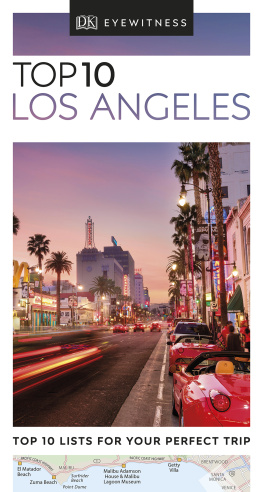
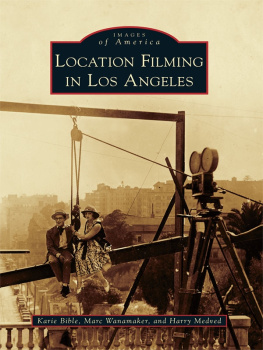
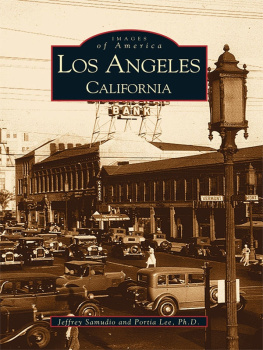
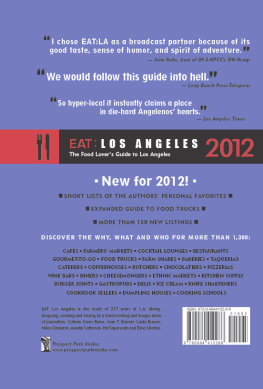
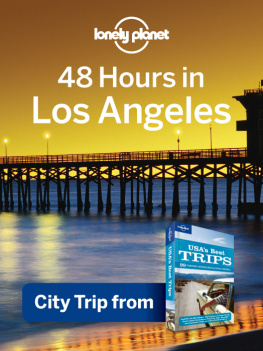





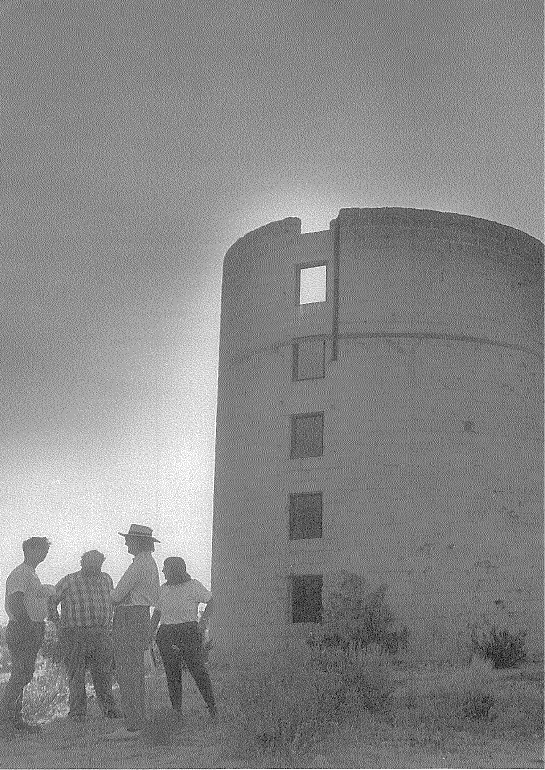
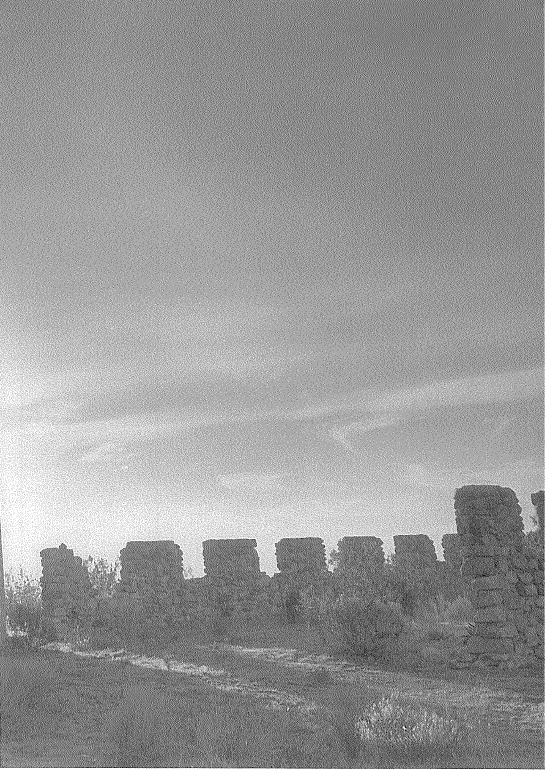
 HE SPRAWLING metropolis of Los Angeles, city-state of the Pacific Rim, is on the cutting edge of 21st-century capitalism. In this brave new world of high-tech finance, service industries, and the entertainment business, notions of socialism seem even deader than the 19th-century capitalism of redbrick factories and smokestacks belching sooty fumes.
HE SPRAWLING metropolis of Los Angeles, city-state of the Pacific Rim, is on the cutting edge of 21st-century capitalism. In this brave new world of high-tech finance, service industries, and the entertainment business, notions of socialism seem even deader than the 19th-century capitalism of redbrick factories and smokestacks belching sooty fumes.